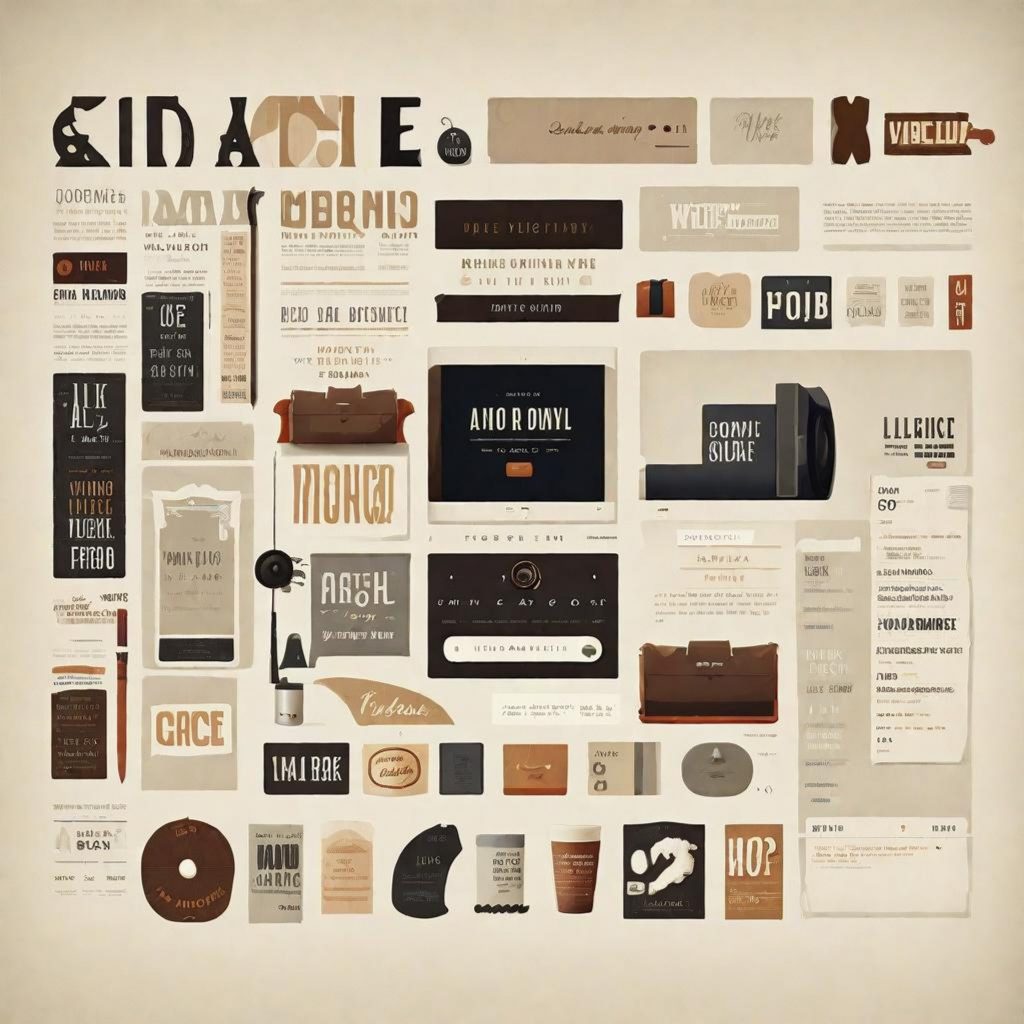
Website Typography – Comprehensive Guide
Website typography plays a crucial role in enhancing the overall user experience and conveying information effectively. With the right choice of fonts, sizes, and formatting, you can create a visually appealing and readable website. In this comprehensive guide, we will explore the key elements of website typography and provide practical tips for optimizing your typography choices.
Why Typography Matters
Typography sets the tone for your website and helps establish brand identity. It influences how users perceive your content and can significantly impact their reading experience. Well-considered typography enhances readability, ensures accessibility, and guides users through your website seamlessly.
Choosing the Right Fonts
When selecting fonts for your website, it’s important to strike a balance between readability and aesthetic appeal. Consider the following factors:
- Legibility: Choose fonts with clear letterforms and distinguishable characters. Avoid decorative or overly stylized fonts that may hinder readability.
- Font Pairings: Combining complementary fonts can add visual interest while maintaining readability. Experiment with font pairings to find combinations that work harmoniously together.
- Brand Consistency: Align the chosen fonts with your brand identity. Ensure that they reflect your brand’s personality and values.
Font Sizes and Hierarchy
Proper font sizing enhances readability and creates visual hierarchy, guiding users through your content. Consider the following guidelines:
- Body Text: Set your body text at a comfortable reading size, typically between 16px and 20px. This ensures readability on various devices and accommodates different user preferences.
- Headings: Use hierarchical heading structures to organize your content. Start with a clear and concise H1 title, followed by H2, H3, and so on. Each heading level should be slightly smaller than the previous one to establish visual hierarchy.
- Whitespace: Allow for ample whitespace between paragraphs, headings, and other elements. This improves readability and gives your content room to breathe.
Formatting and Styling
Typography formatting and styling can enhance the visual appeal of your website. Consider the following tips:
- Bold and Italics: Use bold and italics to emphasize key points or highlight important information. However, avoid excessive use, as it can diminish the overall impact.
- Color and Contrast: Ensure sufficient contrast between text and background to enhance readability, especially for users with visual impairments. Use colors that align with your brand and maintain consistency throughout your website.
- Alignment: Choose an appropriate alignment for your text, such as left-aligned, justified, or centered. Consistency in alignment creates a sense of order and improves readability.
Optimizing for Web Performance
Optimizing your typography choices for web performance is crucial for a fast and efficient website. Consider the following optimization techniques:
- Font Loading: Ensure that you load your fonts efficiently to avoid delays in rendering your website. Consider using techniques like font subsets or asynchronous font loading to minimize the impact on page load times.
- Font Formats: Choose font formats that offer a balance between file size and compatibility. Web-safe formats like WOFF2 and TTF/OTF are widely supported and provide good performance.
- Responsive Typography: Implement responsive typography techniques to ensure your website adapts smoothly to different screen sizes. Use CSS media queries to adjust font sizes, line heights, and other typographic elements accordingly.
Conclusion
In this comprehensive guide, we’ve explored the key elements of website typography and provided practical tips for optimizing your typography choices. Remember to choose fonts that align with your brand identity, prioritize readability through appropriate font sizes and hierarchy, and optimize your typography for web performance. By paying attention to these crucial aspects, you can create a visually appealing and user-friendly website that leaves a positive impression on your visitors.
Remember, typography is not solely about aesthetics; it’s about making your content accessible and engaging. So, choose your fonts wisely, format your text consistently, and optimize for performance to create an outstanding typographic experience for your website visitors.

I am a self-motivated, passionate website designer and developer. I have over ten years of experience in building websites and have developed a broad skill set including web design, frontend and backend development, and SEO.
Using my growing knowledge base I have built my own company (scriptedart.co.uk) creating websites, e-commerce stores and producing custom graphics and web app functionality for a range of local businesses.

